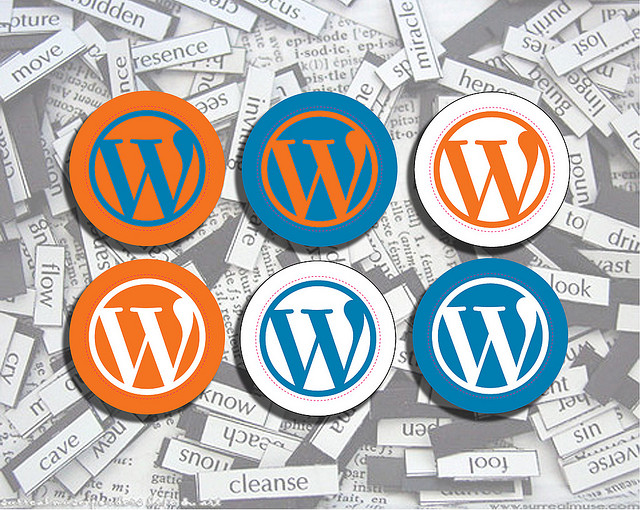When it comes to designing and hosting a website, many people takes advantage of different Content Management Systems to automate things. Some of them opt for Blogger, while others put their money on WordPress. There are benefits associated with both of these systems – WordPress is quite simple to use, whereas Google owns Blogger, which means you are going to get more SEO benefits by sticking with this CMS.

Another impressive thing about Blogger is that it charges you nothing for using its services. It is therefore a good choice for people who don’t want to pay for web hosting or a domain name. Since it comes from Google, you also get to enjoy a number of free tools as well. Interestingly though, some users who originally start their blogging journey from Blogger often turn to WordPress – they migrate for many different reasons.
Why It Makes Sense to Move to WordPress?
Like Blogger, you don’t have to pay anything for publishing your site using WordPress. The issue is that it requires you to pay some money to buy a domain name and a hosting package. In return, it offers impressive user support and a variety of plug-ins that you cannot find in Blogger. It also offers a number of support features to make it easy to optimize your site for Google and other search engines; in fact, some of the templates are designed to provide you with a highly optimized website/blog. It is mainly due to these benefits that people consider migrating to WordPress.
Migrating in an Easy Way
If you’re not really concerned about maintaining the same design in WordPress, you can easily migrate to this CMS. Just copy the text of your blog posts that you have published on Blogger and save them all on your PC. Once you have saved all the posts, now start your WordPress, open your account, and upload all your posts. The good thing is that you can upload them all at once, but it also makes sense to publish a few of them at a time – this break in uploading posts will make it feel as if you’re uploading new posts.
Migrating with the Help of the WordPress CMS
The first step will be to buy a hosting plan and register with WordPress. Once you have installed the system, you can go ahead with the migration process. For this, you will need to visit the “WordPress Admin Dashboard”. Find a tab called “Tools” and then click “Import”. After this, you will find a list where they will have “Blogger” listed for your convenience. Just select it, authorize the import, and then select the blog you want transferred to WordPress. Click ‘Import’. Sit back and wait for the process to complete.
What’s Next?
In some cases, your blog at Blogger will close after you have migrated to a new CMS, like WordPress. If it doesn’t happen automatically, make sure you do it manually. The biggest disadvantage here would be the loss of any SEO benefits associated with your old Blogger blog – you may have links pointing to your posts that have originally been hosted on Blogger. Now, you have two choices – simply accept it as the cost of moving or get in touch with the linker and ask them to change the link direction. You can convince webmasters to link to your new posts to avoid having a broken link on their website. In case, you have done some article marketing campaign and have articles pointing back to your blog, you may go to the control panel of those article directories and alter the location.
Here, it is worth mentioning that some people think you should not close your originally Blogger blog even after you have migrated to WordPress. They believe it is a better idea to keep it running and use re-directs, which is not correct – it can make things difficult for you to handle. Just forget about broken links – they will probably take a few days, or weeks to disappear from Google search results, but it will definitely happen.
Photo Credit: Flickr/Adriano Gasparri









